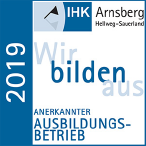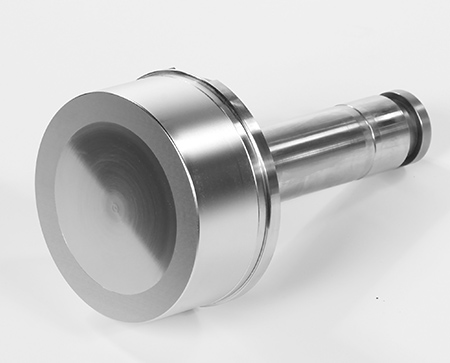The following is to be said about chromium as an element:
Chromium is present in the structure of the Earth’s crust to 0.02%, very largely in the form of chromium (III) compounds, and is thus found everywhere. In this trivalent form, chromium is an essential trace element and controls many important functions in the human body. Man has a daily requirement of about 65 micrograms (µg) of trivalent chromium compounds to be met via the food intake. Among other things, a chromium deficiency can lead to diabetes.
Other forms of chromium as an element are, in addition to that already mentioned, hexavalent chromium and metallic chromium.
In Nature, there is also a chemical equilibrium between trivalent chromium and hexavalent chromium. In a natural environment with water and the oxygen of the air, chromium is always present as a hexavalent ion in addition to the trivalent one.
The trivalent manifestation is the most stable form and is therefore less reactive. Trivalent chromium cannot cross cell membranes. This is also the reason why trivalent chromium is not a danger to human and animal genes or tissue. No allergies are known to be caused by trivalent chromium.
Chromium in this oxidation stage is chemically very reactive. Hexavalent chromium has a very high oxidation potential. This is so persistent that damage can be caused to human tissue and genes. Hexavalent chromium can cross cell membranes and is classified as a dangerous working substance (mutagenic und carcinogenic)
Metallic chromium, like every metal is charge-neutral. It immediately forms a passive layer after manufacture and, like noble metals, does not behave reactively. Negative effects on man, animals and the environment are not known. Metallic chromium and its alloys are used on a wide scale in medical and food equipment.
The chromium deposited on your workpieces is metallic chromium (Cґ0) which means, according to the present state of our knowledge, that it can be certified as safe for the food industry.



